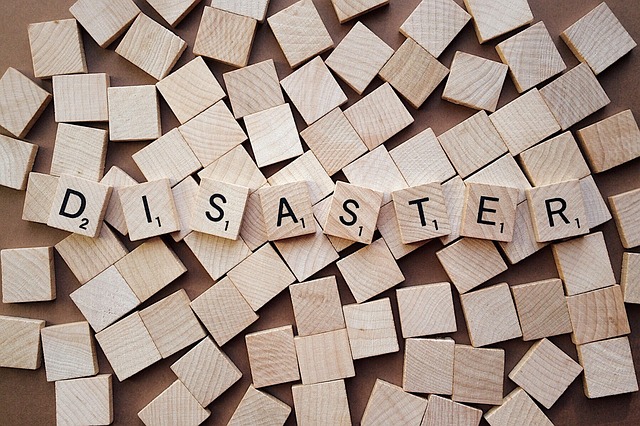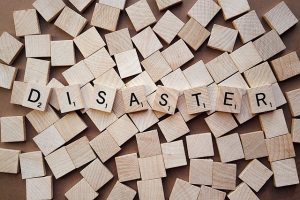- October 25, 2017
- Posted by: David Marshall
- Category: Business, Leadership

Regular readers of this blog know that I’ve had to fire a lot of people over the years, usually related to performance issues.
But in the 21 years I was president of the company, I never had a layoff. That was one of my precepts of managing a business: I believed layoffs were really a function of lazy management.
Basically, if a person’s performance drops, they don’t have unlimited opportunities to fix it. If their performance doesn’t pick up, you ultimately have to let them go. Under those circumstances, you’ll always have a tendency to be lean, so in a downturn, you don’t have to lay anyone off.
Of course, I can’t take credit for our fortune by virtue of the businesses I worked in happened to be pretty good businesses that were fairly small, as opposed to huge businesses with 10,000 employees.
 Still, I would consider a layoff a disaster or a devastating incident. I’ve talked to fellow executives who would characterize a layoff as a disaster, and the entire company would feel devastated.
Still, I would consider a layoff a disaster or a devastating incident. I’ve talked to fellow executives who would characterize a layoff as a disaster, and the entire company would feel devastated.
And I’ve talked with other people who had to deal with fires, floods, tornadoes, embezzlement, economic woes, and so on. They can all be disasters in their own right, whether it takes out a small portion of the factory or nearly cripples the entire company.
There’s no easy way to recover from that, however; there’s no formula I can share. That if you just do A, B, and C, everything will be okay. But there are a few things you can do to start down the road to recovery.
It Starts With Communication
In terms of recovering from any major event, the key is communication.
Communication, communication, communication.
You have to share — honestly share, with no hidden agenda — what’s going on with the company, what has already happened, and what you expect to accomplish in the future.
For example, after our own devastating incident — we had a major fire at our Duoline plant — we immediately began repairing and remodeling every affected area of the building.
My staff was booking contractors to immediately replace all the carpet, ceiling tiles, and insulation in the office that had been smoke damaged, even while the fire crews was still cleaning up and stowing their gear. Even so, it still took five months before everything was finished, including restoring our post-cure oven, which was the source of the fire.
So, at the beginning and end of every day, I would brief everybody on what we had managed to accomplish and what we expected to accomplish the following day. Then, the following morning if there had been any changes overnight, I communicated those, and people’s assignments would be modified accordingly. The end result was people were very cooperative and worked around contractors and were actually very helpful in the process. Effective and frequent communication become absolutely essential to our recovery.
Of course, there are other steps you and your company will need to take to recover from a disaster, but those begin to vary with your own situation, your company dynamics, and your industry. But regardless of any of those factors, open and honest communication will always be the key to helping your associates feel a part of the solution.
I’ve been a manufacturing executive, as well as a sales and marketing professional, for a few decades. Now I help companies turn around their own business and recover from their own devastating incident(s). If you would like more information, please visit my website and connect with me on Twitter or LinkedIn.
Photo credit: Wokandapix

